How would you feel if, every time you tried to do anything in day-to-day life, you were treated horribly? What if everyone around you was unable to understand what you were saying? What if you had no home to go to for the night and the system was set up in a way that you simply could not fi x your situation without outside help?
On Tuesday, April 5, the Fifth Annual Rollins Hunger Banquet was held in McKean Gymnasium. The Hunger Banquet followed a format similar to the Oxfam Hunger Banquets nationwide. The event was a dramatization of the inequalities that perpetuate poverty in the world.
Over 80 students, faculty, staff and community members participated in an interactive demonstration to help them better understand the harsh realities faced by people who live in poverty.
As each person walked in the door, he or she received a new identity and a name tag with a sticker, unaware of what these stickers and name tags meant. Before being led to their seats, banquet attendees had to stop at four tables for four basic provisions: education, employment, housing and food. The color of their sticker determined how they were treated.
The red stickers, or members of the rich elite class, were welcomed with smiles everywhere. The blue stickers, or members of the middle class, were given similar service, but with fewer smiles and more paperwork. The yellow stickers, or those in the lower class, were treated gruffly and were oft en yelled at and forced to wait. Anyone with an “X” on his or her sticker was homeless and therefore did not have identification.
These people could not get help anywhere until they got an ID, which was impossible in this simulation. People with “abc” stickers were either illiterate or did not speak English. They were treated with the most disdain, oft en being screamed at to “speak English or stop wasting my time.”
Depending on their class, participants were placed in various seating areas and received assorted qualities of food: the rich were served a three-course meal, the middle class had serve-yourself spaghetti, and the lower class got peanut butter and jelly sandwiches and water. In each section, either Linda Davidson, Larry McLaren or Lance Vick — all previous members of the homeless community — spoke about their experiences.
The night was facilitated by Lucas Hernandez ’13 and Zach Baldwin ’14. They presented facts about the situations of many homeless and hungry people and introduced a video clip from the 60 Minutes episode, “New Generation of Homelessness.”
Tocarra Mallard, the Office of Community Engagement’s AmeriCorps Vista volunteer for the 2010-2011 school year and coordinator of the event, said that the most moving part of the event was “scanning the crowd during the [viewing of the] clip and watching their reactions. That clip, I feel, made the event even more powerful.” After the clip, social worker Beth Davalos spoke about her work with families in transition as a liaison in Seminole County.
Cost for tickets was $2 or two canned goods in advance and $3 or three canned goods at the door. All proceeds went to local community agencies like Hope Community Center and Christian Service Center.


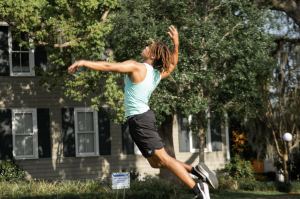
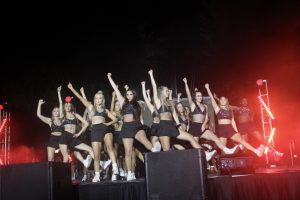



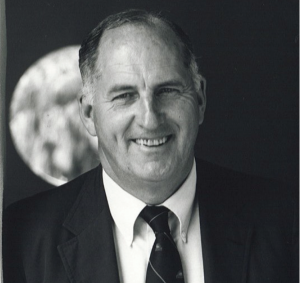
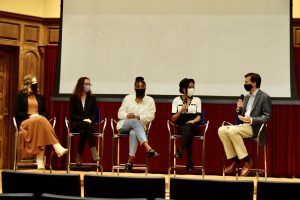
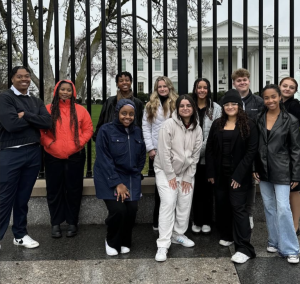



Be First to Comment